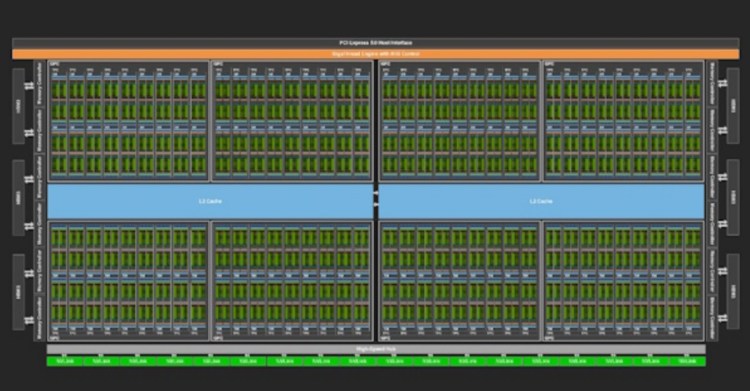In a groundbreaking research paper released today, a team of semiconductor engineers from Nvidia has demonstrated how generative artificial intelligence (AI) can revolutionize the complex process of designing semiconductors. With the use of large language models (LLMs) trained on internal data, these specialized industries can now harness the power of AI to create assistants that significantly enhance productivity.
Challenges in Semiconductor Design
Semiconductor design is a highly challenging endeavor, involving the meticulous construction of chips that contain billions of transistors on 3D circuitry maps. These maps resemble intricate city streets, but they are thinner than a human hair. The design process requires the coordination of multiple engineering teams over several years, each specializing in different aspects of chip design and utilizing various methods, software programs, and computer languages.
“I believe over time large language models will help all the processes, across the board,” says Mark Ren, an Nvidia Research director and lead author of the research paper.
During a keynote at the International Conference on Computer-Aided Design in San Francisco, Bill Dally, Nvidia’s chief scientist, announced the paper and emphasized the importance of applying LLMs to the complex work of designing semiconductors. He stated, “It shows how even highly specialized fields can use their internal data to train useful generative AI models.”
The Role of Generative AI in Semiconductor Design
The Nvidia research team developed a custom LLM called ChipNeMo, trained on the company’s extensive internal data, to generate and optimize software for chip design. The long-term goal is to apply generative AI to every stage of chip design, leading to substantial gains in overall productivity.
“The most well-received use case thus far is an analysis tool that automates the time-consuming task of maintaining updated bug descriptions,” explains the research team at Nvidia. “We are also developing a chatbot that helps engineers find technical documents quickly and a code generator that creates snippets of specialized software for chip designs.”
The research paper focuses on the team’s efforts to gather design data and create a specialized generative AI model. This process can be applied to any industry, not just the semiconductor field. By utilizing Nvidia NeMo, a framework for building, customizing, and deploying generative AI models, the team achieved a final ChipNeMo model with 43 billion parameters trained on over a trillion tokens, showcasing its capability to understand patterns.
Customizing LLMs is crucial, as the study highlights that models with fewer parameters can match or exceed the performance of larger, general-purpose LLMs. However, careful data collection and cleaning are essential during the training process, and users are advised to stay updated on the latest tools that simplify and expedite their work.
The Potential Impact of Generative AI in the Semiconductor Industry
The semiconductor industry is only beginning to explore the possibilities of generative AI, and this research by Nvidia provides valuable insights. Enterprises interested in accelerating their own chip designs can utilize the NeMo framework, which is available on GitHub and the Nvidia NGC catalog.
“This effort marks an important first step in applying LLMs to the complex work of designing semiconductors,” states Bill Dally. “It shows how even highly specialized fields can use their internal data to train useful generative AI models.”
The research paper acknowledges the collective effort of the entire team, with numerous engineers and researchers involved, including Mingjie Liu, Teo Ene, Robert Kirby, Chris Cheng, Nathaniel Pinckney, Rongjian Liang, Jonah Alben, Himyanshu Anand, Sanmitra Banerjee, Ismet Bayraktaroglu, Bonita Bhaskaran, Bryan Catanzaro, Arjun Chaudhuri, Sharon Clay, Bill Dally, Laura Dang, Parikshit Deshpande, Siddhanth Dhodhi, Sameer Halepete, Eric Hill, Jiashang Hu, Sumit Jain, Brucek Khailany, Kishor Kunal, Xiaowei Li, Hao Liu, Stuart Oberman, Sujeet Omar, Sreedhar Pratty, Ambar Sarkar, Zhengjiang Shao, Hanfei Sun, Pratik P Suthar, Varun Tej, Kaizhe Xu, and Haoxing Ren.









